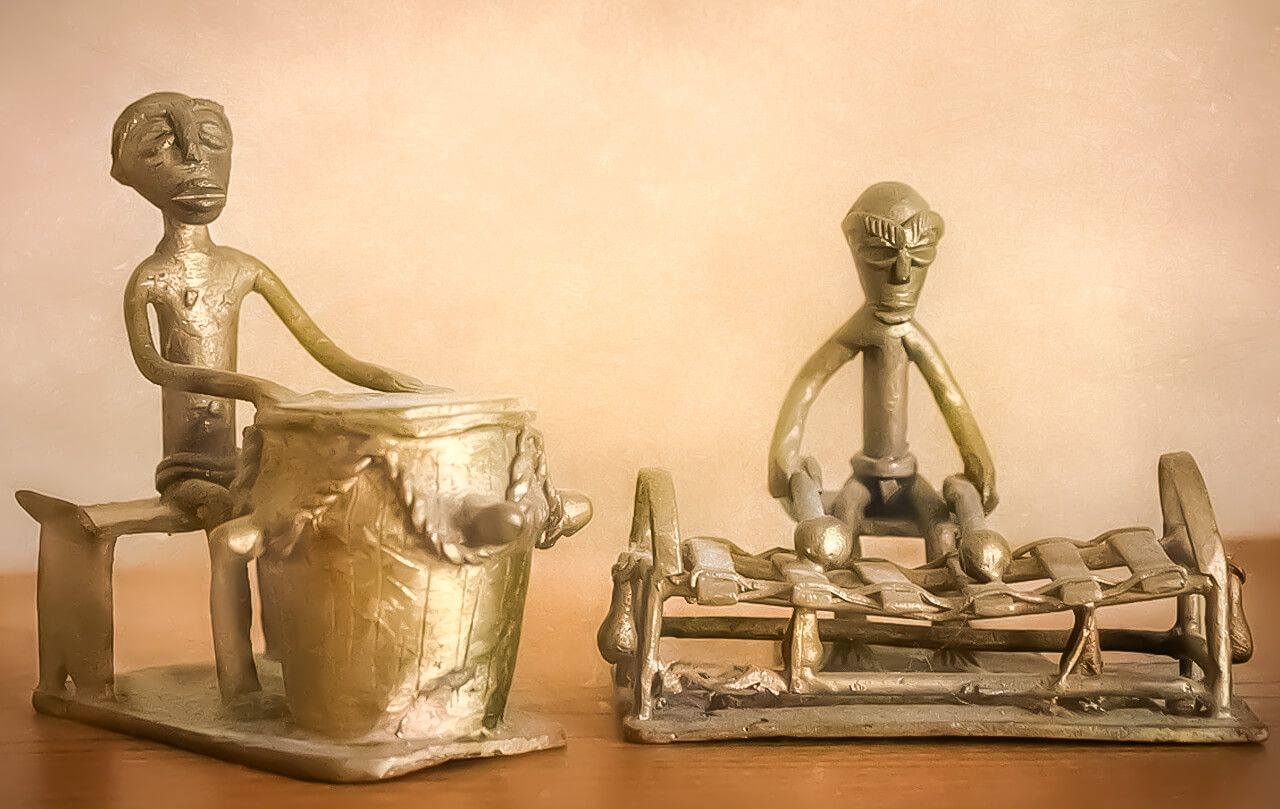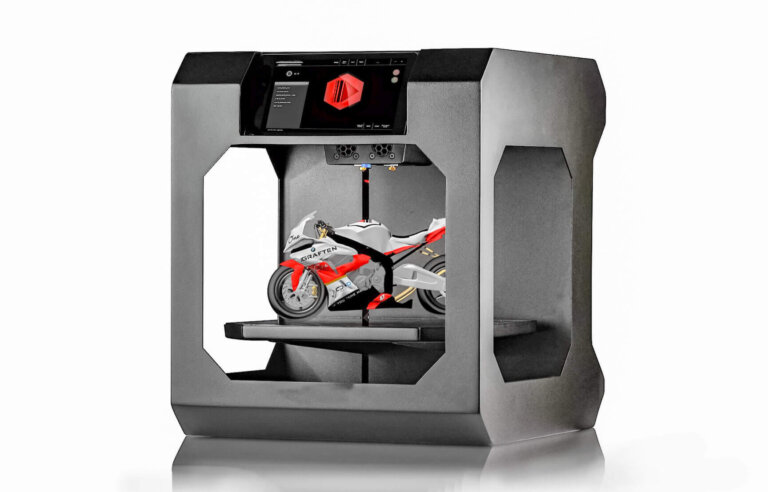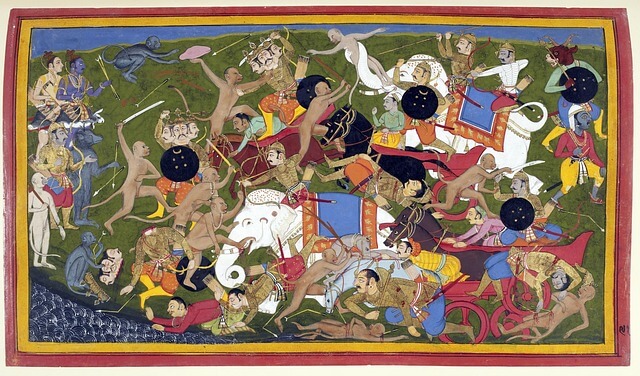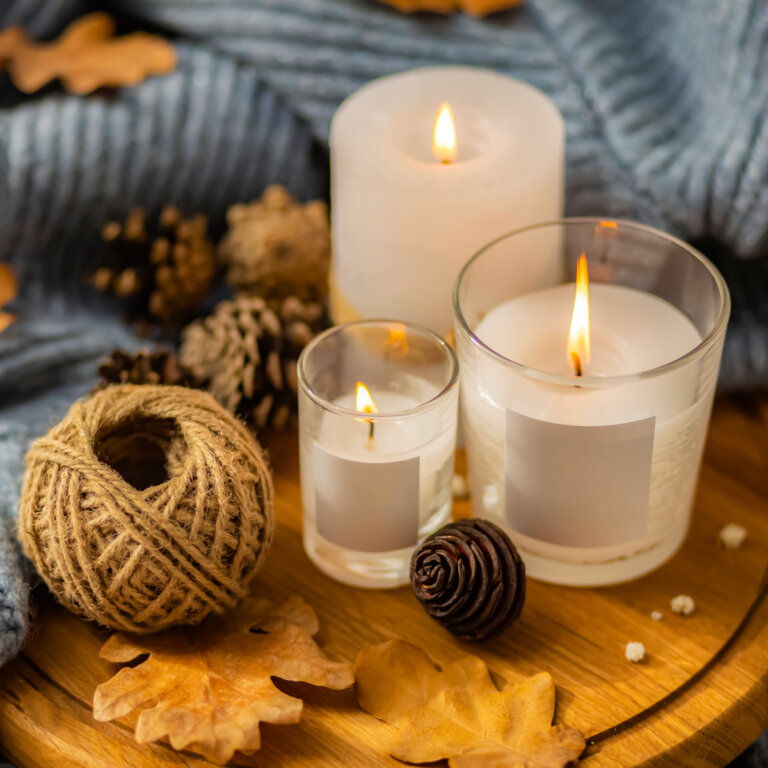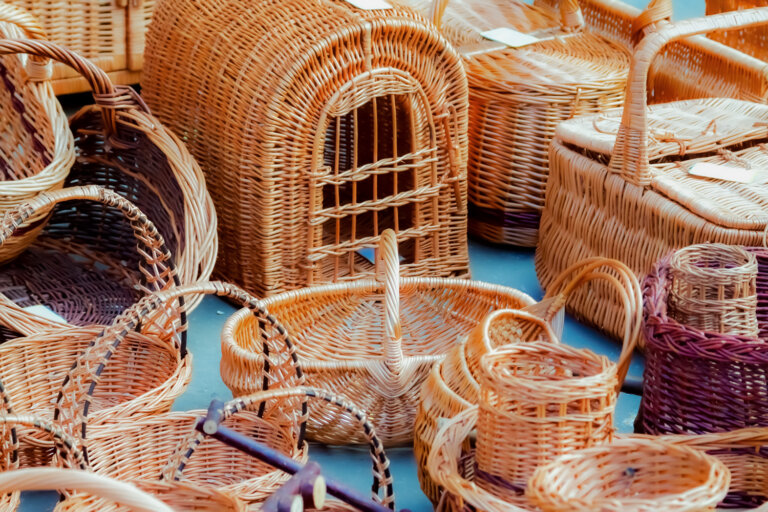Dhokra Metal Craft: Celebrating the Ancient Artistry of India
Nestled in the heart of India, the Dhokra metal craft stands as a testament to the country’s rich cultural heritage and the timeless artistry of its skilled artisans. With its rustic charm and intricate detailing, Dhokra art showcases the mastery of lost wax casting techniques passed down through generations. Let us embark on a journey to explore the captivating world of Dhokra metal craft and its enduring legacy.
A Glimpse into History: The origins of Dhokra metal craft can be traced back over 4,000 years, making it one of the oldest forms of metal casting in the world. Named after the Dhokra Damar tribes of West Bengal, Odisha, Jharkhand, and Chhattisgarh, this art form has thrived in these regions, where artisans have preserved the traditional techniques and kept the craft alive.
The Art of Lost Wax Casting: At the heart of Dhokra metal craft lies the intricate process of lost wax casting. It begins with the creation of a clay core, which is then covered with a layer of beeswax. The artisan meticulously sculpts the desired design onto the wax, adding fine details and textures. Once the wax model is complete, it is coated in layers of clay, forming a mold. The clay mold is heated, causing the wax to melt and escape through tiny vents, leaving behind an empty space. Molten metal, typically a brass alloy, is poured into the mold, filling the void left by the wax. After cooling, the clay mold is broken, revealing the final metal sculpture, which is then meticulously finished and polished.
Intricate Designs and Symbolism: Dhokra metal craft is renowned for its intricate designs and motifs that reflect the rich cultural heritage of India. Artisans create exquisite sculptures depicting gods and goddesses, tribal figures, animals, and nature-inspired elements. These creations not only showcase exceptional craftsmanship but also carry deep symbolism and cultural significance, often representing folklore, rituals, and spiritual beliefs of the region. Each sculpture tells a story and embodies the cultural identity of the artisans who craft them.
Preserving Tradition and Empowering Communities: The art of Dhokra metal craft has faced challenges over time due to modernization and mass production. However, various initiatives have emerged to support and sustain this ancient craft. Non-profit organizations, government efforts, and collaborations with designers and craftsmen are helping preserve the traditional techniques, providing training, resources, and market access. These endeavors not only protect the art form but also empower the communities involved, promoting sustainable livelihoods and preserving the cultural legacy.
Appreciation in the Modern World: Dhokra metal craft has garnered appreciation not only in India but also worldwide. The unique rustic charm, intricate detailing, and cultural significance of Dhokra sculptures have captured the attention of art enthusiasts, collectors, and designers globally. Dhokra metal craft has found its way into contemporary art, home decor, and fashion, blending traditional aesthetics with modern sensibilities.

The Dhokra metal craft stands as a shining example of India’s ancient artistic heritage, blending tradition, craftsmanship, and cultural symbolism. The art form’s enduring legacy is a testament to the skill and dedication of the artisans who have preserved this traditional technique for centuries. As we embrace the beauty and intricacy of Dhokra metal craft, let us recognize and support the efforts to ensure its survival, allowing future generations to appreciate and cherish this timeless art form.

